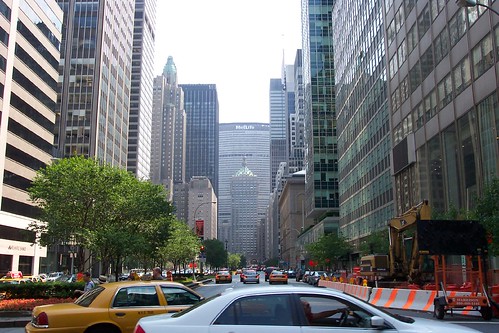Here are three particular architectural examples from
Monument magazine that I found particularly inspiring in determining the final layout of my nine rectangular prisms:

"New Acropolis Museum, Athens" by Bernard Tschumi
in "Hollowed Ground",
Monument, Issue 92, Aug/Sep 2009, p. 36.

"Trojan House, Hawthorn, Victoria" by Jackson Clements Burrows
in "Sculptural Play",
Monument, Issue 90, Apr/May 2009, p. 98.

"Museum of Art and Architecture of the 21st Century, Rome", by Zaha Hadid
in "How Can the Art Assert Itself",
Monument, Issue 96, Apr/May 2010, p. 74.
























